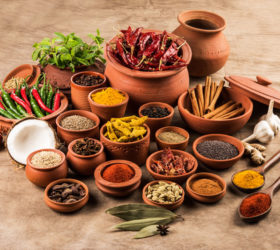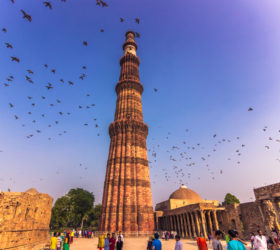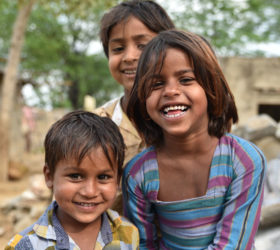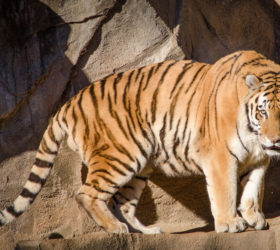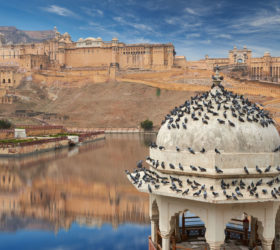The Heart and Soul of India
- India
- 14 Days
- Delhi | Varanasi | Khaujraho | Bandhavgarh National Park | Jaipur | Agra
- Bengal tigers in Banhdvagarh
- Intricate sculptures of Khajuraho
- Delhi’s Mughal and British imprints
- Taj Mahal and other Mughal monuments
- Amber Fort at Jaipur
- The evening aarti at Varanasi
Overview
If you stick a pin in the centre of the country, it’s likely to mark Madhya Pradesh right in the heart of India. The state is home to the largest number of wildlife sanctuaries in the country, keeping a green cover for its inhabitants – chital, langur, monkeys, snakes, Indian gaur, black bucks and most of all, the elusive Bengal tiger. This is the place that Rudyard Kipling conceived his adventures for the famous ‘Jungle Book’ and immortalised the region forever. While Madhya Pradesh lies in the centre and becomes the inevitable and literal epicentre, there are other cities that resonate the distinct personality of India – in effect, showcasing its very soul.
These are Delhi, Agra, Khajuraho, Jaipur and the ancient Varanasi. This trip showcases some of the most integral heritage centres of the country, ones that shaped its current form. For travellers, you get to walk in the steps of valiant Kings, and follow the trajectory of Gods in Varanasi. The ‘Heart and Soul of India’ offers a wholesome window to the northern states of the country, a sample of what lies in store in the rest of the nation.
Itinerary
1
2
3
4
5
6
7
8
9
10
11
12
13
14
| October – March: | Winter months, recommended to travel. |
| Mid April – June: | Summer months, when it is moderately hot in April, but May and June are avoidable. |
| July – September: | Monsoon months where trips are doable. |

